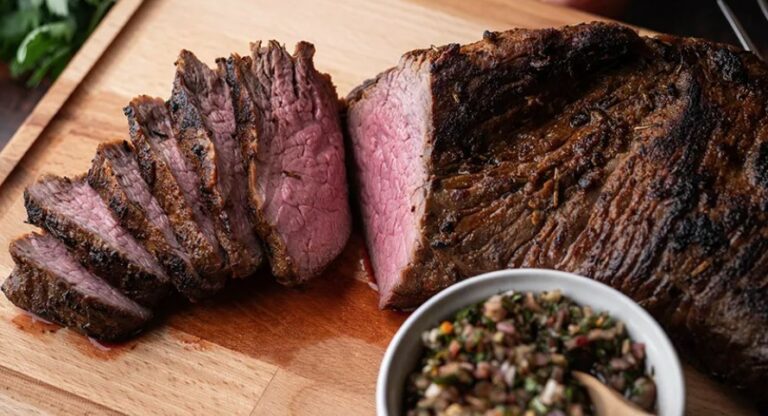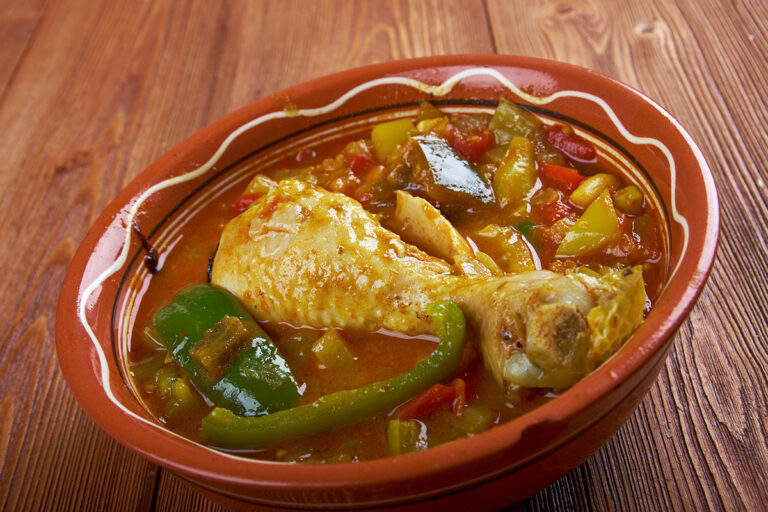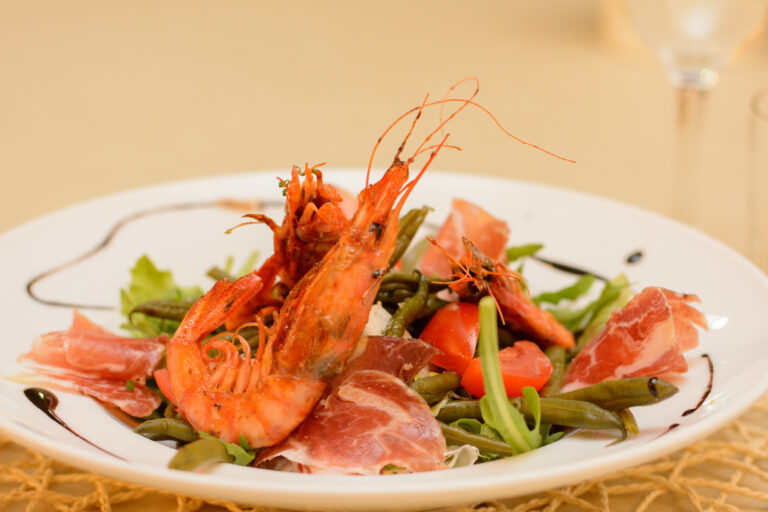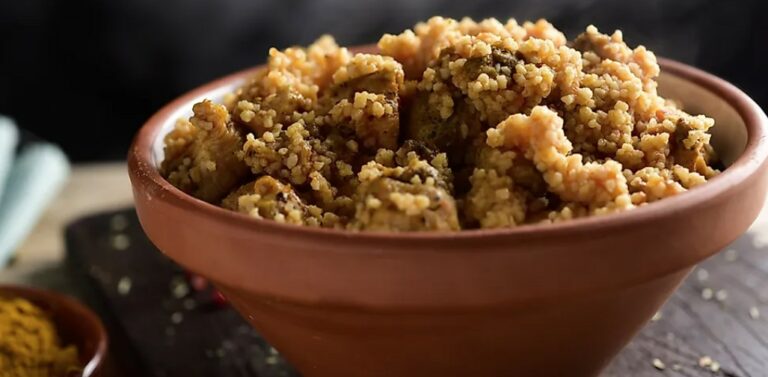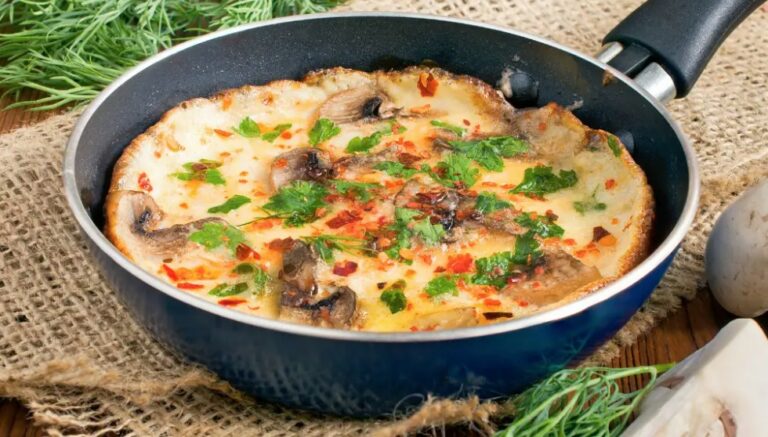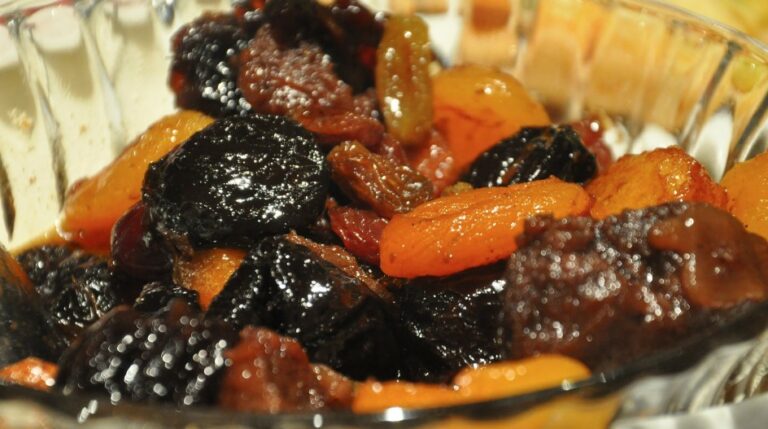Introduction: Armenian cuisine
Armenian cuisine is a rich and diverse culinary tradition that reflects the history, culture, and geography of Armenia. Located at the crossroads of Europe and Asia, Armenia has been influenced by different culinary traditions over the centuries, including Persian, Turkish, Russian, and Mediterranean. Armenian cuisine is characterized by the use of fresh and seasonal ingredients, such as vegetables, fruits, grains, meat, and dairy products, as well as herbs and spices that add flavor and aroma to the dishes.
The role of cooking techniques in Armenian cuisine
Cooking techniques play a crucial role in Armenian cuisine, as they affect the taste, texture, and appearance of the dishes. Armenian cooks have developed a variety of techniques that are adapted to the ingredients, the climate, and the cultural traditions of the region. Some of the most common cooking techniques in Armenian cuisine include grilling, braising, boiling, baking, and marinating.
Grilling: a popular technique in Armenian cuisine
Grilling is a popular cooking technique in Armenian cuisine, especially for meat dishes. The Armenian word for grill is “mangal,” and it refers to a long metal skewer that is used to cook meat over an open flame. The meat is usually marinated in a mixture of yogurt, lemon juice, garlic, and spices before being grilled to perfection. Grilled meats are often served with lavash bread, fresh herbs, and vegetables, such as tomatoes, cucumbers, and onions.
Braising: a slow-cooking method in Armenian cuisine
Braising is a slow-cooking method that is often used for tough cuts of meat or poultry in Armenian cuisine. The meat is first seared in oil or butter, then cooked in a flavorful liquid, such as broth, wine, or vinegar, at a low temperature for several hours until it becomes tender and flavorful. Braised dishes are often served with rice, bulgur, or potatoes, and garnished with fresh herbs and lemon juice.
Boiling: a common technique for soups and stews
Boiling is a common cooking technique in Armenian cuisine, especially for soups and stews. The ingredients are simmered in a pot with water or broth until they are cooked through and the flavors are blended together. Armenian soups and stews often include a variety of vegetables, such as carrots, onions, potatoes, and tomatoes, as well as legumes, such as lentils, chickpeas, and beans. The soups and stews are often seasoned with herbs, spices, and lemon juice, and served with bread or crackers.
Baking: a traditional technique for Armenian bread and pastries
Baking is a traditional cooking technique in Armenian cuisine, especially for bread and pastries. Armenian bread, called lavash, is a thin, flatbread that is baked in a tandoor oven until it becomes crispy and golden. Lavash bread is often served with cheese, herbs, and vegetables, or used to wrap meat or vegetables in a sandwich. Armenian pastries, such as baklava, gata, and nazook, are made with layers of phyllo dough, nuts, and honey, and baked until they are crispy and sweet.
Marinating: a flavor-enhancing technique in Armenian cuisine
Marinating is a flavor-enhancing technique that is often used in Armenian cuisine to add depth and complexity to the dishes. Meat, poultry, fish, or vegetables are soaked in a mixture of oil, vinegar, lemon juice, herbs, and spices for several hours or overnight to absorb the flavors and tenderize the texture. Marinated dishes are often grilled, roasted, or sautéed, and served with rice, bulgur, or salad.
Conclusion: diverse cooking techniques in Armenian cuisine
Armenian cuisine is a rich and diverse culinary tradition that relies on a variety of cooking techniques to create delicious and flavorful dishes. From grilling to braising, boiling to baking, and marinating to stewing, Armenian cooks have developed a repertoire of techniques that reflect the cultural and historical influences of the region. Whether you are a fan of meat, vegetables, bread, or sweets, there is something for everyone in Armenian cuisine.




